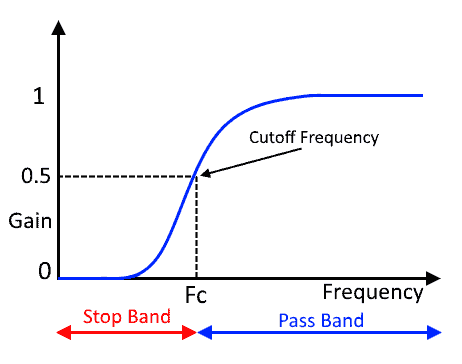I am somehow puzzled, IF the only thing you want is a well integrated bass response at the speaker location, putting the subs right next to each channel or even under it (like the W371a and The ones in genelec show case) should make it sound like a well extended speaker without the phase issue. punch/tactile feel should be related to group delay which if you got the right sub should be fine.Yup! Just as the sound can be affected (negatively) in non-obvious ways by adding a sub.
Sure, which isn't a problem if your speakers don't sound "unexciting and unengaging."
I mean, I get your point certainly, but it's not easy to integrate subs which is the main point. I had a hard time keeping the tone I loved, a major feature
of why I bought my speakers, when trying to integrate a sub. I can imagine other people may not be as picky about that particular aspect and revel
in what a sub brings, but that's not how it worked for me. Also, I was somewhat limited in where I could place the subs, aesthetically, ergonomically etc.
I did both. First by ear. Then I used a DSpeaker Anti-mode 2 to measure/even out the bass in the room (from the crossover point down, e.g. anywhere from 40Hz up to 100Hz, I experimented a lot) which helped in that respect. But it still slightly altered the sound of the speakers in a way I didn't care for, including losing some of the excitement and punch I was used to.
Which, to me, re-enforced that it is quite challenging to integrate subs to a degree I would find satisfying, and there are real world limitations in many rooms in terms of
placing ever more powered speakers (subs). So it's a Good In Theory, Not So Easy In Practice thing. Whereas I've had tons of different floor standing speakers in my room,
typically rated down to 35Hz, some down to 25Hz, and I've rarely had issues with obvious bass boom, lack of integration or "something missing" in the sound that felt like a sub was needed.
My guess is that in your previous exp I think what you've done was even out the response in FR domain only but not time domain, so it would sound slighlty off if time especially near the cross over region. IMO maybe you would want to use REW to see the time delay and phase to make it work for a well integrated sub, and somehow I have a feeling personally the subs with high pass filter is better than using LFE or so for ease of sub integration.


